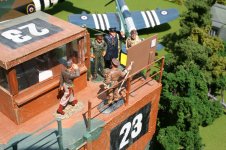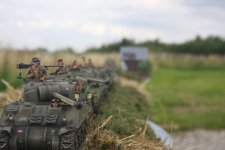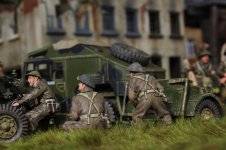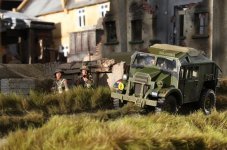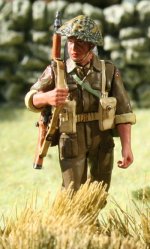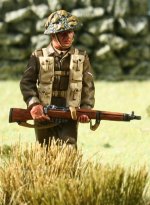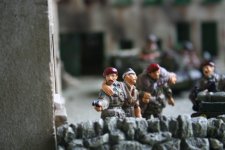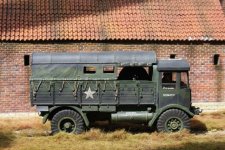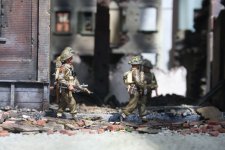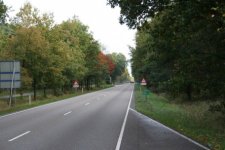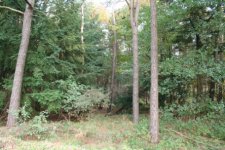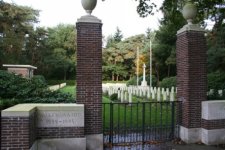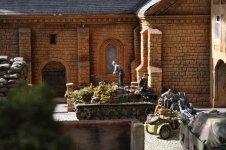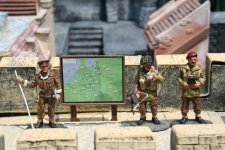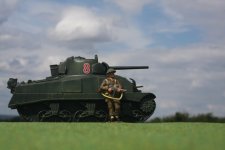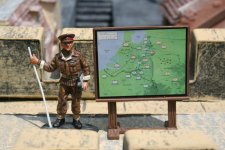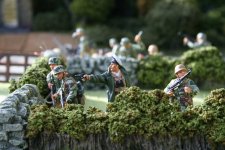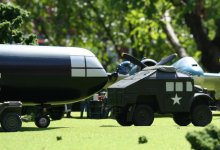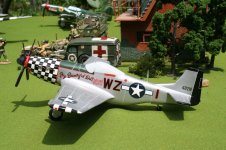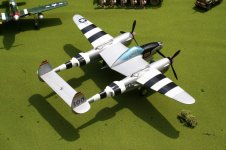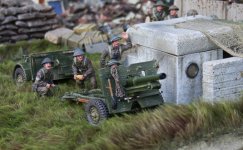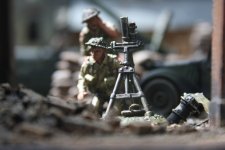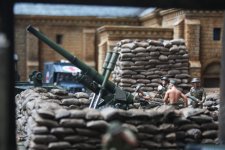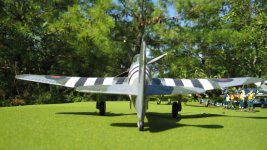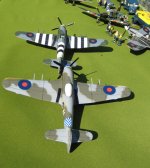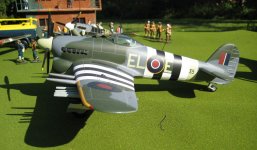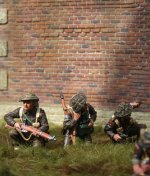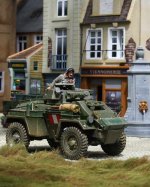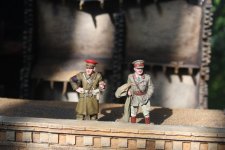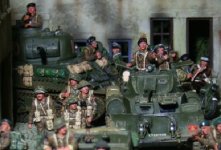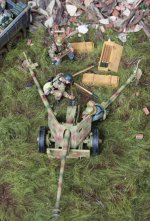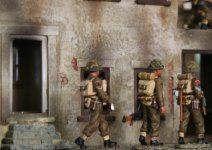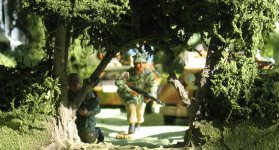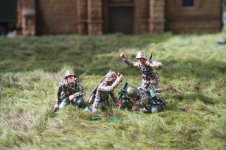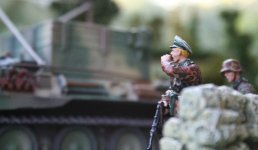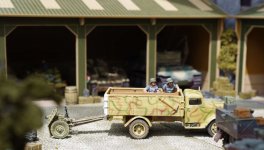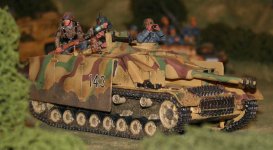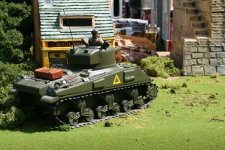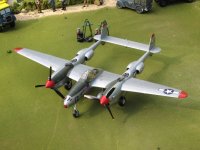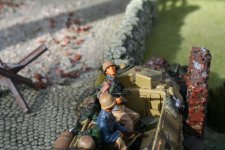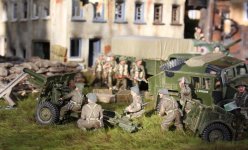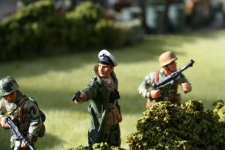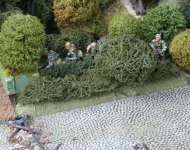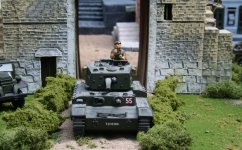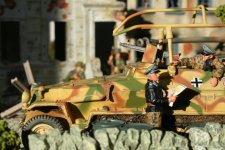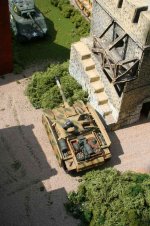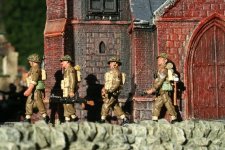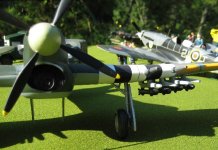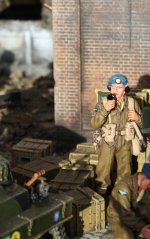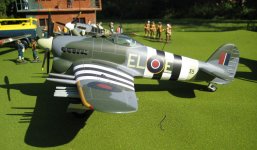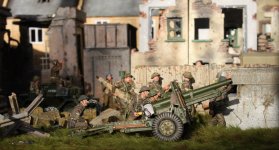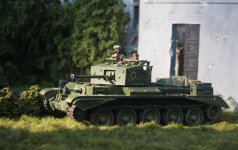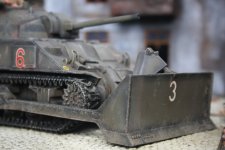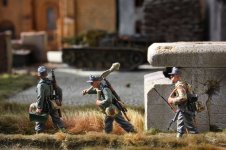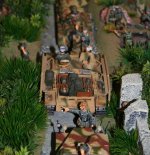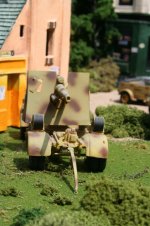panda1gen
Colonel
- Joined
- Jul 29, 2005
- Messages
- 8,137
The plan for air cover was for 1,395 bomber
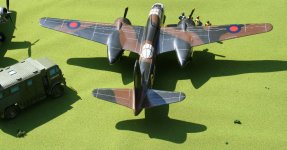
and 1,240 fighter and fighter bomber sorties over the landing areas and surrounding targets.
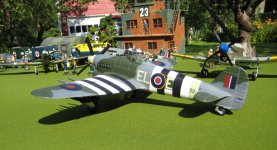
There were minimal air transport losses to the first wave of drops, the losses would prove to be much higher in later drops, so air force caution on the first day may in fact have come at a higher price later.
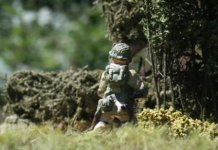
The 101[SUP]st[/SUP] Airborne would lift in 424 Dakotas (the highest divisional allocation) and 70 Waco gliders on day one. They targeted the Wilhemina Canal Bridge at Son for the 506[SUP]th[/SUP].
The 502[SUP]nd[/SUP] would guard the LZ, capture the road bridge at St Oedenrode and be ready to guard the bridge at Son and support the 506[SUP]th[/SUP] in its move south to Eindhoven.
The 501[SUP]st[/SUP] was to capture the rail and highway bridges over the Aa River and the Willensvaart Canal at Veghel, hence the separate DZ further north.
The fourth regiment, 327 Glider Infantry Regiment (GIR) was due D+2.
They were the nearest to XXX Corps, so Maxwell Taylor opted for men over guns and divisional troops in order to have the maximum assault force possible in the first wave. British guns were due to reach them by 2000 hours.
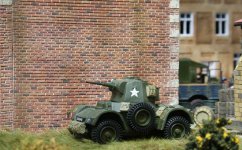

and 1,240 fighter and fighter bomber sorties over the landing areas and surrounding targets.

There were minimal air transport losses to the first wave of drops, the losses would prove to be much higher in later drops, so air force caution on the first day may in fact have come at a higher price later.

The 101[SUP]st[/SUP] Airborne would lift in 424 Dakotas (the highest divisional allocation) and 70 Waco gliders on day one. They targeted the Wilhemina Canal Bridge at Son for the 506[SUP]th[/SUP].
The 502[SUP]nd[/SUP] would guard the LZ, capture the road bridge at St Oedenrode and be ready to guard the bridge at Son and support the 506[SUP]th[/SUP] in its move south to Eindhoven.
The 501[SUP]st[/SUP] was to capture the rail and highway bridges over the Aa River and the Willensvaart Canal at Veghel, hence the separate DZ further north.
The fourth regiment, 327 Glider Infantry Regiment (GIR) was due D+2.
They were the nearest to XXX Corps, so Maxwell Taylor opted for men over guns and divisional troops in order to have the maximum assault force possible in the first wave. British guns were due to reach them by 2000 hours.



